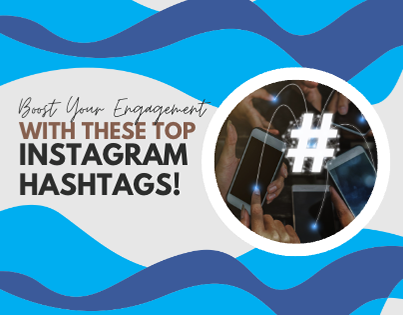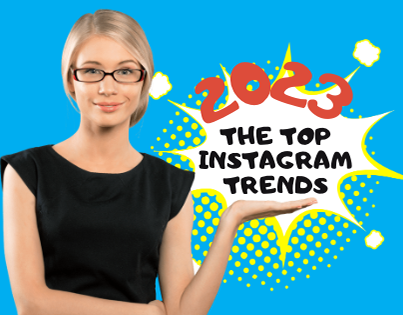Instagram has become a popular platform for companies to reach their target audience. With over 1 billion monthly active users, Instagram is a game-changer for your marketing strategy. However, businesses must be aware of their common mistakes with Instagram marketing that can hinder their success. This article will discuss Instagram marketing mistakes and how to avoid them.
Lack of Strategy
One of the most significant errors businesses commit is that Instagram marketing needs a strategy. Poor planning can lead to poor engagement, decreased brand awareness, and lower conversion rates. Companies must develop a clear Instagram marketing strategy to avoid poor planning. This strategy should include goals, target audience, content themes, posting schedule, and budget.
Poor Content Quality
The quality of content on Instagram is crucial for building an engaged and loyal following. Poor quality content can lead to a decrease in engagement and unfollows. Companies should focus on creating high-quality, visually appealing content. Content that performs well on Instagram includes product showcases, behind-the-scenes content, user-generated content, and educational content.
Ignoring Analytics
Analytics are crucial for measuring the success of your Instagram marketing strategy. Businesses must track engagement rates, reach, impressions, and follower growth to understand how their content performs. Companies should use Instagram's built-in analytics tools or third-party analytics software to track their metrics regularly.
Over-Promotion
While promoting products and services on Instagram is essential, over-promotion can decrease engagement and follower growth. Companies must find a balance between promotion and engagement. They can achieve this balance using the 80/20 rule, where 80% of their content is educational, inspirational, or entertaining, while 20% promotes their products or services.
Misuse of Hashtags
Using hashtags is crucial to expand your reach and boost engagement on your posts. However, irrelevant or banned hashtags can decrease engagement and potentially harm the account's visibility. Companies should research and use relevant hashtags that align with their content, target audience, and industry. They can also create branded hashtags to increase brand awareness and encourage user-generated content.
Inconsistency
Consistency is crucial for building a loyal following and increasing engagement on Instagram. Posting irregularly or sporadically can lead to a decrease in engagement and unfollows. Companies should create a consistent posting schedule and stick to it. They can use scheduling tools to plan and schedule their content in advance.
Not Engaging with Followers
Engaging with followers is essential for building relationships and increasing engagement on Instagram. Companies should actively engage with their followers by responding to comments, messages, and tags promptly and authentically. Ignoring or neglecting to respond to comments, messages, and tags can decrease engagement and harm the brand's reputation.
Failing to Follow Instagram Guidelines
Instagram has guidelines that businesses must follow to avoid being penalized or banned from the platform. These guidelines include avoiding spam, fake engagement, and inappropriate content. Failing to follow these guidelines can harm the brand's reputation and limit its success on Instagram. Companies should familiarize themselves with Instagram's policies and adhere to them consistently.
Conclusion
Avoiding common Instagram marketing mistakes is crucial for businesses to succeed on the platform. By having a clear strategy, creating high-quality content, tracking metrics, finding a balance between promotion and engagement, using relevant hashtags, being consistent, engaging with followers, and following Instagram guidelines, businesses can maximize their success on the platform. Start by assessing your current Instagram marketing strategy and identify areas for improvement. With the right approach, Instagram can be a powerful tool for growing your brand and reaching your target audience.









